Which bridge would its designer recognise if they saw their former work today? It is obvious that Rákóczi Bridge is recognisable, as it is relatively young, 35 years old. It has changed a bit since its construction because it's world-class lighting in 1995, which operated by illuminating the mirrors at the top of the tower, became obsolete in 20 years, so today, it is illuminated by LEDs.
The same can be said about the north and south bridges of the M0, the Megyeri and Deák Ferenc Bridges, as these were also built within 30 years. However, beyond these young bridges, two others would be recognised by their original creator.
The Chain Bridge was mentioned previously. It was rebuilt in 1915 with a completely different structure than what William Tierney Clark had dreamed of and which was built in 1849 under the direction of Adam Clark.
The next bridge was the Connecting Railway Bridge, which was probably (we do not know for sure) designed by János Feketeházy. He lived to see that another one had been built next to his bridge, though the greatest Hungarian bridge-building engineer had passed away before the original structure was demolished. Today, the sixth railway bridge is being in the same place.
Ernest Gouen would also be amazed by Margit Bridge if he walked out to the banks of the Danube today. The French engineer designed a much narrower, slimmer bridge.
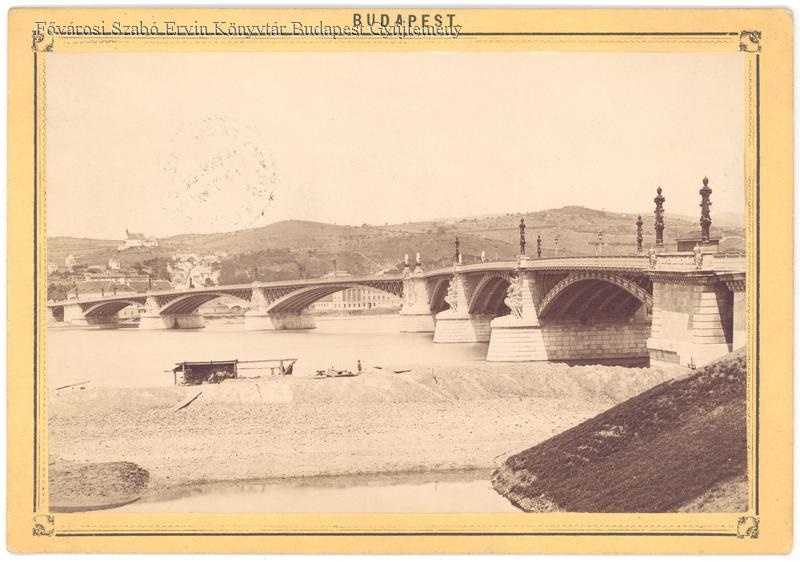
Shortly after the opening of the Margit Bridge, around 1876 (Source: FSZEK Budapest Collection)
The old bridge, opened in 1876, was widened in 1935–1937, but long before, in 1900, a wing bridge leading to the island was built. After the devastation caused by German troops in 1944-1945, it was even questionable whether a steel bridge would be rebuilt here at all. Production of the elements of a reinforced concrete structure had already begun when it was possible to find enough steel production capacity to build a steel bridge again.
The structure remained an arch bridge, but the arches became higher, and the cross braces, the so-called Saint Andrew's crosses, disappeared from between the columns holding the roadway. These returned during the last renovation of the bridge, along with decorations similar to the original (to which the sample was given by fragments from the Danube riverbed).
Widening of the Margit Bridge in 1935 (Photo: FSZEK Budapest Collection)
The third version of the northern railway bridge spans above the Danube. The first served between 1896 and 1944, the next from 1953 to 2008. The latter was, in fact, a temporary structure. The current bridge was built after that.
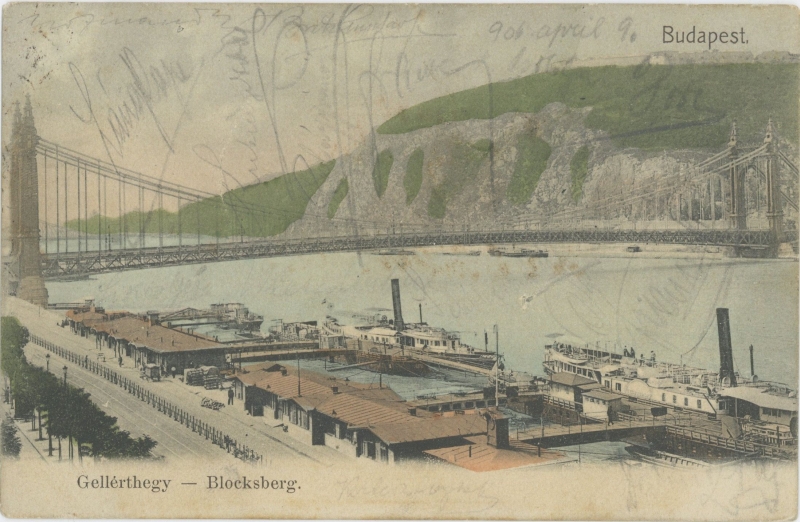
The original Erzsébet Chain Bridge (Source: The Hungarian Museum of Science, Technology and Transport, KPLGY 1 June 2013)
The designers of the world-record-breaking chain bridge, the Erzsébet Bridge, would also look shocked at today's Erzsébet Bridge. It might be familiar to them because Hungarian engineers were well acquainted with German bridges and could have encountered something similar in Cologne between the two world wars. But while in 1903, an elegant city bridge was handed over in the centre of Budapest, in 1964, the Hungarian population was handed a highway bridge.
The Árpád Bridge, built after the war, has not remained unchanged either, as a bridge narrower than originally planned was built by 1950, which was widened in 1984 by cutting off the edges of the old structure, the cantilevered parts, and building two new bridges to the left and right of the old bridge.
So, which bridge remained unchanged?
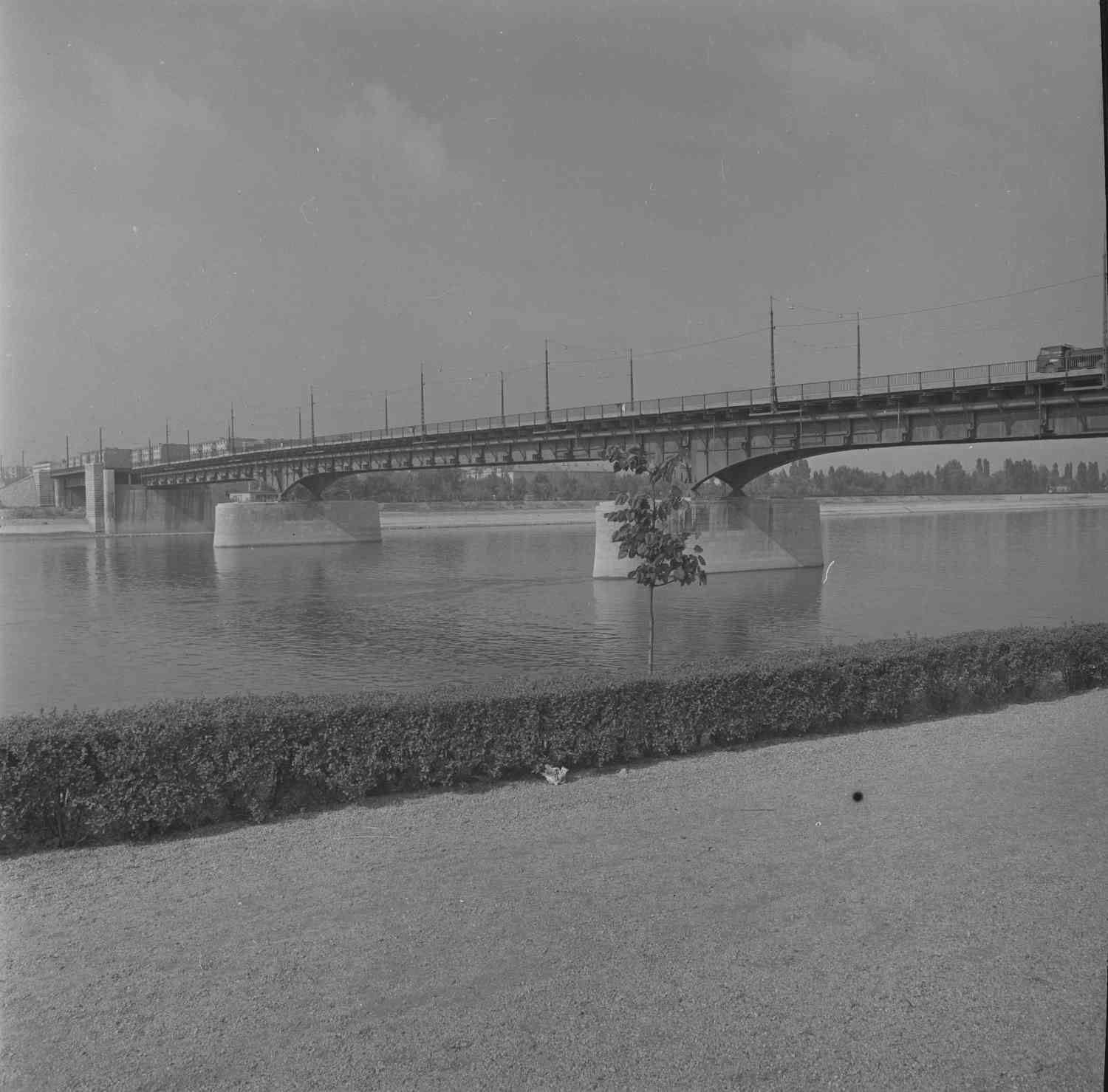
After the construction of the Árpád Bridge in the 1950s (Photo: The Hungarian Museum of Science, Technology and Transport, No.: TFGY.2018.1530.11)
The former Horthy Miklós Bridge did not survive the devastation of the war either. The then barely 8-year-old bridge was blown into the Danube by German troops. The reconstruction went according to the old plans, but there were still changes on the bridge. It became wider, although it did not fundamentally change.
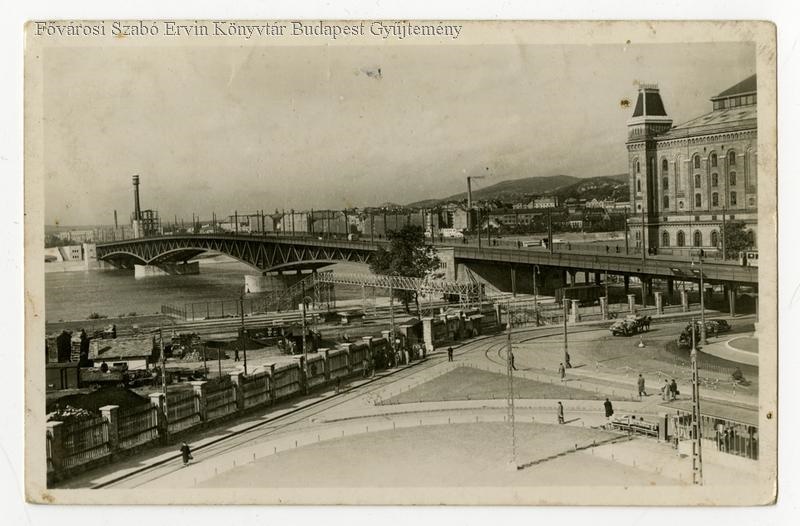
The Horthy Miklós Bridge, after its opening, in 1937 (Photo: FSZEK Budapest Collection) Szabadság
The bridge was blown up in January 1945 by German troops. Feketeházy's ingenious work, opened in 1896, was only damaged by the blast, but nearly half remained, and the missing parts were repaired by 1946. The structure became the same, but some of the ornaments, the coats of arms, and the ornate railing in the middle opening were not rebuilt. But over time, in 1986, these too were returned to the bridge: the coats of arms, then the Holy Crown, and in the last renovation all the former elements, the ornate railings, and the lamps too. So, the bridge was practically the same as when it was handed over on 4 October 1896.
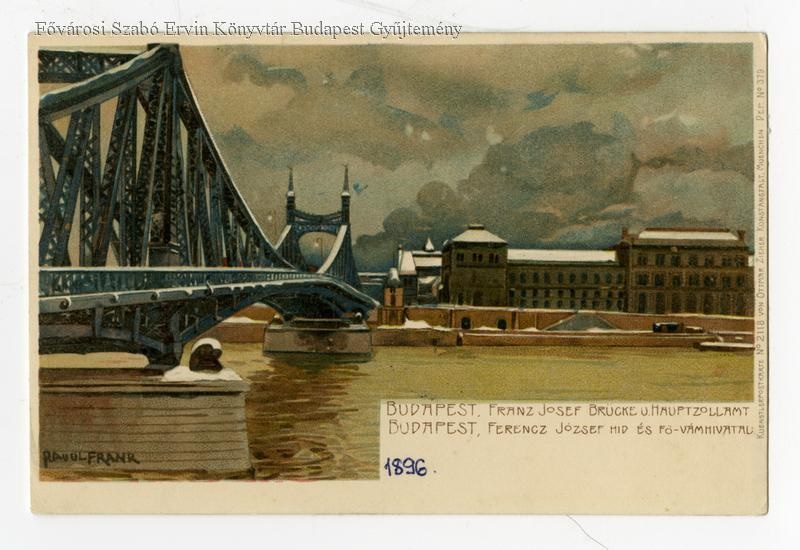
The image of Szabadság Bridge has not changed much since 1896 (Source: FSZEK Budapest Collection)
But why cannot bridges stay the way they were built? Because 19th-century bridges were designed for horse-drawn carriages or, at most, horse-drawn railways, possibly light trams. Moreover, the traffic on the bridges has multiplied since then, and this would not be tolerated by the old structures. Think about it: the road of the old Chain Bridge was made of wood, and on the Margit Bridge, horse-drawn carriages once ran on wooden cobblestones.
In addition, the bridge is a structure that ages, wears out over decades, and its material gets tired. In extreme cases, this leads to tragedy, but usually, professionals notice problems first. Bridges must therefore be constantly maintained.
In addition, in the post-World War II reconstruction, rapid work and lack of materials also limited the opportunities for builders. At the Margit, Erzsébet and Petőfi Bridges, they took advantage of being able to adapt the structure to the needs of the age to a lesser extent. At the Chain Bridge, although there were proposals for significant widening, the builders did not take advantage of this solution, not only out of respect for the old bridge but also because the stone pylons limited the possibilities.
And atszabadság Bridge, speed decided, as that bridge could be restored to its original form in a matter of months. Nevertheless, in the 1960s, there was an idea to demolish it and build a highway bridge in its place.
Cover photo: The original Erzsébet Chain Bridge (Source: FSZEK Budapest Collection)






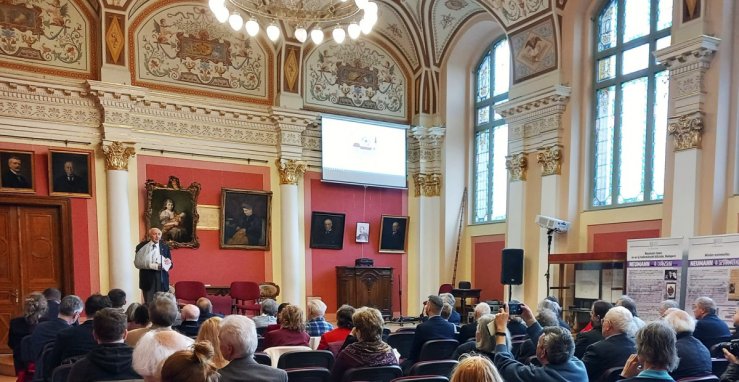
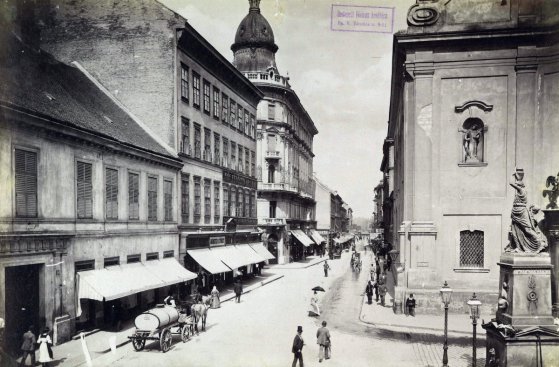
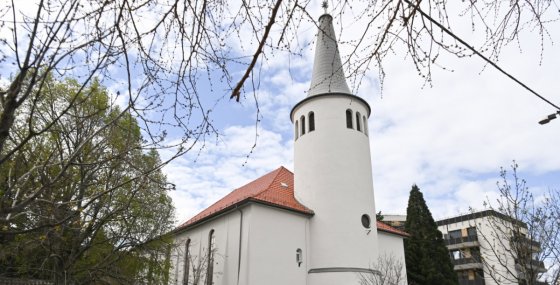




























Hozzászólások
Log in or register to comment!
Login Registration